The Problem with Dandelions on Our Teams
Dandelions – I’ve been obsessed with removing them from my lawn for several years. My neighbors likely snicker as they see me avenging the grass with my root digger and gardening gloves. And as this year’s crop sprung out with the spring rains this past week, it reminded me how dandelions and unhealthy team conflict are a lot alike.
Alike? You wonder. Yes, alike! One dandelion crops up in your yard, and you think, “No big deal. It’s one dandelion.” However that dandelion seeds, and soon there are 4-5 dandelions, then dozens, then your lawn is mostly dandelions and very little grass.
Conflict On Teams
The same thing happens with conflict on our teams. There’s one little issue or unresolved conflict that crops up, but soon there are pockets of unresolved issues and complaints. Then there’s a whole organization that has been impacted by one initial small issue or conflict that wasn’t addressed.
How do we keep unhealthy conflict from taking over our teams and setting the standard for what’s normal workplace behavior? Just like the dandelions, we have to address it. Now, if you were to simply pluck the visible part of the dandelion – the flower, the stem, the leaves – you’d leave the root of the dandelion in the ground to produce a new plant in the future.
Fight the Dandelions
For those of you who haven’t passionately fought dandelions, you may think this is enough to address your problem. However, dandelions are tricky buggers. They have roots that are often 6-12 inches long, and if you get only part of the root, your root actually bulks up with what seems to be radioactive powers and soon becomes a super root about an inch in diameter.
As teams, we treat conflict like we do dandelions. We often address only the visible part of the conflict, we don’t dig up the root. And if we do attempt to dig up the root of things, we don’t dig it all up, and soon the conflict has a deep, abiding bulk that’s hard to get rid of.
The How
How can teams effectively address conflict in a way that digs out the entire root of the problem? Here are some steps your team can take:
- First, you need to focus on what you all want in the situation at hand. We all have these goals: to enjoy my work and my coworkers. To serve our clients best. To have purpose in my job.
- From there, you have to realize we approach each of these goals differently, which is what created the conflict.
- Next, as a team, you have to discuss what has happened in the past that’s kept you from reaching your goals based on how you handled the different approaches in the past. This portion may include, “I’m sorry,” and “My intent was this, but I see how you perceived it as,” ideas. Forgiveness is a part of this stage, which can be difficult for many of us.
- The fourth step is to revisit what your mutual goals are and to agree on how you’ll handle these situations in the future. What will be the tools the next time your different opinions come into play?
- The final step is making sure the full team is willing to forward together. How will you make sure that you address each dandelion conflict that crops up in a healthy way? Will you tell one another you’re seeing the beginning signs of a fresh weed of conflict? How will everyone work together to weed out the unhealthy conflict you see?
Healthy Conflict = Yes, Unhealthy Conflict = No
In short, conflict is necessary on teams, but it’s the unhealthy conflict that starts innocently and quickly spreads. The good news is you can do something about that, so can I.
That is to say, if you happen to drive by and see my crazed obsessiveness to conquer my lawn dandelions, remember it takes hard work to keep after a lush, green carpet of grass, and it takes even more intentional efforts for us to dig out unhealthy conflict within our teams.
Keynote speaker, trainer, and consultant, Sarah Gibson, helps organizations leverage the power of communication, teamwork, and diversity to improve engagement and transform teams. To buy her book or inquire about her speaking programs, please visit www.sarahjgibson.com.



